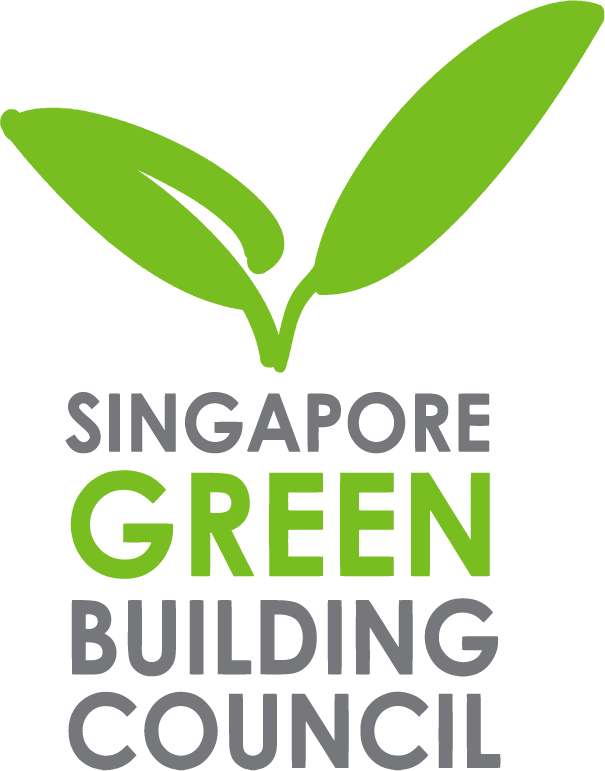The Building and Construction Authority (BCA) recently announced that new and existing buildings will be subject to higher standards in order to be certified sustainable. The Green Mark 2021 refresh coincides with the release of the latest Intergovernmental Panel on Climate Change (IPCC) report, calling for stakeholders to take action now to mitigate climate change.
The higher standards in fact sharpens the divide between older and newer builds and raises the possibility of infrastructure assets being subject to sustainable design and operating criteria.
Technology can help existing buildings transition to the new normal
Builders of new projects enjoy greater flexibility over older buildings in managing the costs associated with going green. For them, meeting sustainability criteria need not be an expensive exercise if sustainability considerations are made right from the start of the project life cycle.
Quantity surveyors are well aware that capital construction costs are best managed by working out a detailed cost breakdown and analysis at the pre-contract stage of a project. That way, every stakeholder – designers, architects, engineers, procurement managers, project managers, contractors and interior designers will be able to map out the cost of each set of materials against its corresponding carbon rating. In short, a cost plan should be drawn up alongside an embodied carbon plan. A data-driven Building Information Management (BIM) model will be able to help asset owners weigh the cost benefit analysis, weighing the cost of a set of materials and the amount of carbon that is embodied within and the amount of carbon emissions projected.
In designing a brand-new building, architects and engineers have the ability to create a repository of materials from scratch, with precise details of each set of materials.In some mature markets, builders can calculate with great precision the embodied carbon of the project, including being able to forecast the level of operational carbon and in turn be able to calculate the metabolic rate of carbon in a building. They do this through a digital materials bank, a repository of the quantities and specifications of each set of materials. Such a repository gives designers and builders better control of cost.
The Singapore Green Building Masterplan has set a target for 80 percent of Singapore’s buildings to be sustainable by 2030. BCA has indicated that less than half, or 43 percent, of Singapore’s buildings have been greened at the end of 2020.
Older buildings looking to transition to a more sustainable, energy saving operating model should seriously consider technology. There is now a myriad of digital tools that can help asset owners increase operating efficiencies at a manageable cost, all competitively priced.
Sophisticated 3D visualisation tools enable facility managers to scan mechanical and electrical systems of an asset and diagnose its health and safety levels through the tracking ofenergy usage, waste, water management systems and indoor air quality. The key benefit is that asset owners are then able to perform environmental scans of the existing structure and fixtures to pin-point chronic issues, rectify them and in turn, manage operating costs. This is a viable interim solution while the owners decide on a longer-term approach to sustainability. This way, asset owners of older buildings are able to play their part to reduce carbon footprint and contribute to a smart and sustainable future.
Information such as building specifications, test certifications and maintenance logs are all embedded within the digital twin and linked to live security cameras so that facility managers and field engineers can inspect the space remotely.
Need for infrastructure assets to also meet sustainability standards
Steady progress in certifying buildings have led built environment practitioners to debate the possibility of implementing sustainability standards for infrastructure assets. Currently, there is still no singular framework that exists to provide designers, consultants, and owners of infrastructure assets with a tool that assesses the environmental, social, and governance (ESG) impacts of these developments. To be holistic, the construction industry must also apply holistic sustainable designs to infrastructure as well. These assets typically have a long gestation period, sometimes up to a few decades, and is constructed with massive amounts of building materials. The impact on carbon emissions is therefore very significant.
Assessing ESG impacts on infrastructure assets is important as it helps asset owners unlock access to green funds for project financing. Financiers of infrastructure, both public and private are increasingly prioritising sustainability in their decisions. Recently, the Monetary Authority of Singapore (MAS) announced plans to issue the Green Singapore Government Securities Infrastructure bonds next year for climate-change related infrastructure.
A comprehensive accreditation system to assess infrastructure assets using a quadruple bottom line assessment framework which looks at various environmental, social, economic and governance. Under this framework, infrastructure asset owners will need to set and quantify sustainability goals ranging from the design to procurement of materials; construction right up to operation stages of various construction activities; IT infrastructure including cabling and signalling systems. At the operational level, infrastructure owners will need to certify water and waste management systems, set energy saving targets monitor energy consumption
Australia and New Zealand are ahead of the curve in the area of certifying infrastructure assets but efforts are being made to implement an international version of the sustainability certification scheme in Singapore and across Asia.
Three professionals in Surbana Jurong have become the first Infrastructure Sustainability Accredited Professionals (ISAPs) in Singapore.
The accreditation was conferred by the Infrastructure Sustainability Council (IS Council), an industry body operating in Australia and New Zealand to enable sustainability outcomes in infrastructure. With the accreditation, Surbana Jurong will be able to measure and assess the economic and ESG impact of critical infrastructure in Singapore including roads, bridges, rail networks and utility structures in a more rigorous and structured manner using the Infrastructure Sustainability (IS) rating scheme.

